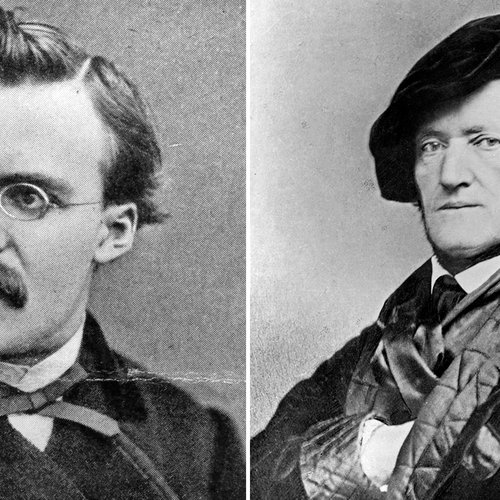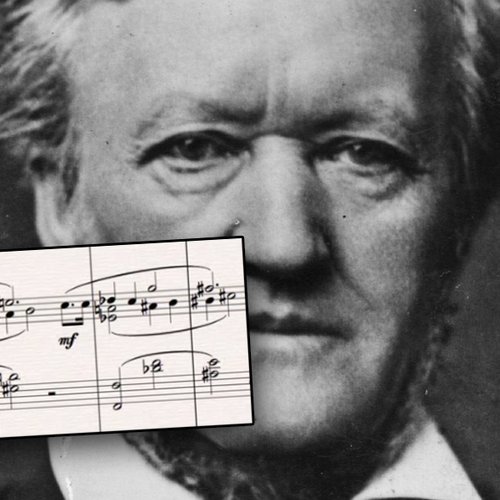Wagner - Siegfried
Like Die Walküre, Richard Wagner's Siegfried is a mammoth opera in its own right, but can really be understood only in the context of the entire Ring Cycle, where it falls as the penultimate work in the set. Think of it as a sort of nineteenth-century version of The Lord of the Rings trilogy, albeit with a fourth instalment.
The fantastical, mythological nature of the plot makes it almost impossible to sum up succinctly, which is surely one of the reasons why the opera lasts for well over four hours. Briefly, we once again meet Wotan, now called the Wanderer – whom we left at the end of Die Walküre, despairing about the fate of his beloved Brünnhilde. As Wagner himself wrote to the German musician August Roeckel, "After his parting from Brünnhilde, Wotan truly is nothing but a departed spirit." Siegfried’s principal focus is not Wotan, though, but the legendary Norse character Sigurd, a national hero depicted in all sorts of art forms.
The orchestral Preludes to Acts I and III are much loved in their own right, and Wagner’s use of musical themes to depict plot lines is once again enthralling. Only one opera in the Ring Cycle was to remain: Götterdämmerung, which was to premiere in 1874 and which brought this extraordinary twenty-six-year project to a close.
Music from Siegfried also made an appearance in Wagner's birthday present to his wife - his symphonic poem Siegfried Idyll, from 1869. The mammoth opera also gave us an incredible funeral march - definitely one to have a box of tissues ready for.
Illustration: Mark Millington













